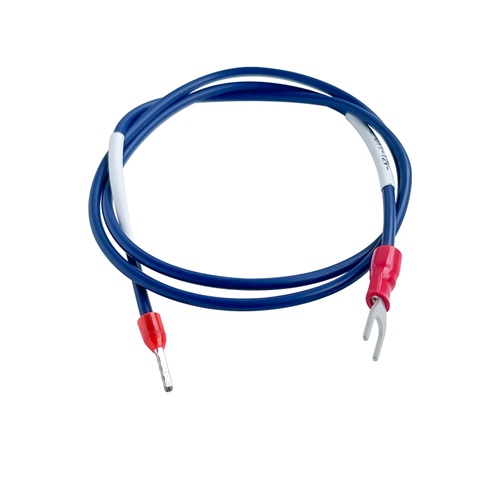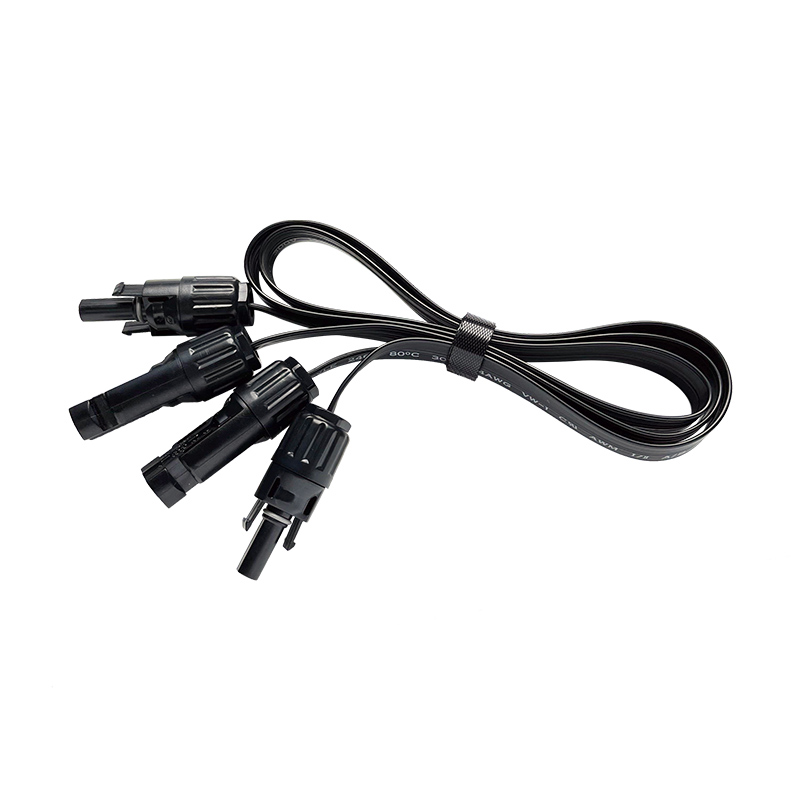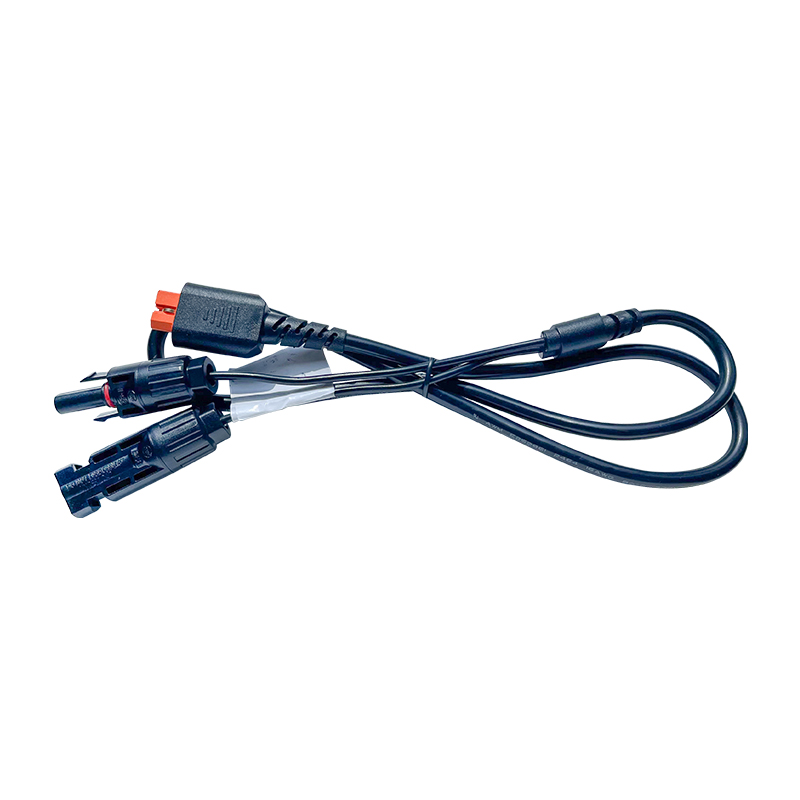Why Reliable Input Power Lines Matter for Modern EV Charging Stations?
As electric vehicles (EVs) continue to reshape global mobility, charging infrastructure must keep pace with growing demand. According to the International Energy Agency (IEA), the number of public charging points worldwide surpassed 3 million in 2023, a 55% increase compared to 2021. Behind these figures lies a critical but often overlooked component: the reliability of input power lines. From a Power Input Cable with Terminal to a Lightning protection input power line and a well-specified Input Power Line for Charging Piles, each plays a pivotal role in ensuring safety, efficiency, and scalability.

The Growing Demands of EV Charging Infrastructure
Modern charging stations are no longer limited to slow AC charging. High-power DC fast chargers, capable of 150 kW to 350 kW, are becoming the standard in many regions. With this shift, the stress on electrical components, particularly power input lines, increases significantly. Poor-quality cabling or inadequate protection can lead to overheating, voltage drops, or even catastrophic failures.
To illustrate, consider the following:
-
A 50 kW AC charging pile requires input lines capable of handling at least 80 A current continuously.
-
A 350 kW DC ultra-fast charger may demand input lines exceeding 500 A with superior insulation and thermal resistance.
These requirements underscore why choosing the right cabling and protective systems is more than a technical detail—it is a fundamental business decision.
Power Input Cable with Terminal: Efficient and Secure Connectivity
The Power Input Cable with Terminal forms the backbone of the connection between the external grid and the charging pile. Its design ensures both secure attachment and optimal conductivity.
Key Advantages:
-
Stable Current Flow: Terminals provide a firm mechanical and electrical connection, reducing the risk of contact resistance.
-
Heat Dissipation: Properly designed terminals minimize heat build-up, extending the life of the charging system.
-
Ease of Maintenance: Modular terminal connections simplify inspections and replacements, reducing downtime.
In practice, an optimized cable with terminal connection can reduce transmission losses by up to 3–5%, translating into lower operational costs for charging station operators.
Lightning Protection Input Power Line: Safeguarding Against Surges
Outdoor charging stations are particularly vulnerable to lightning strikes and grid surges. A Lightning Protection Input Power line integrates surge suppression features that absorb and redirect excessive energy before it reaches sensitive electronics.
-
Risk Context: In regions with high thunderstorm frequency, such as Southeast Asia, more than 30% of EV charging stations have reported electrical incidents linked to surges.
-
Protective Benefit: Lightning protection systems can reduce equipment damage incidents by over 80%, significantly lowering replacement and repair costs.
-
Standards Compliance: IEC 61643 and IEEE C62.41 standards mandate surge protection for critical infrastructure, reinforcing the importance of these specialized lines.
Input Power Line for Charging Piles: Meeting Performance Standards
Every Input Power Line for Charging Piles must align with stringent safety and performance standards. These cables are designed to withstand not only high current but also environmental challenges such as UV radiation, oil exposure, and temperature extremes.
Key Selection Criteria:
-
Voltage Rating: Typically 0.6/1kV for AC piles, but up to 1.8/3kV for certain DC applications.
-
Temperature Resistance: High-quality cables can operate reliably from -40°C to +125°C.
-
Fire Safety: Flame-retardant and halogen-free options reduce risks in case of accidents.
Comparative Features of EV Charging Input Power Lines
| Feature | Power Input Cable with Terminal | Lightning Protection Input Power Line | Input Power Line for Charging Piles |
| Durability | Moderate – depends on terminal quality | High – designed to withstand surge stress | Very High – reinforced insulation and jacket |
| Reliability in Continuous Use | Stable for medium current loads | Reliable in surge-heavy regions | Optimized for 24/7 heavy-duty charging |
| Maintenance Difficulty | Easy to inspect and replace terminals | Requires periodic surge protector checks | Low – minimal maintenance after installation |
| Typical Failure Mode | Loose connections or terminal overheating | Degraded surge absorption over time | Insulation wear or mechanical bending stress |
| Best Use Case | Grid-to-charger connections in urban sites | Outdoor stations exposed to lightning/storms | High-capacity AC/DC charging infrastructure |
Industry Data and Trends
The evolution of EV charging infrastructure is strongly tied to cabling technology:
-
Market Growth: The EV charging cable market is projected to reach USD 5.5 billion by 2030, driven by high-power applications.
-
Reliability Factor: Research shows that 60% of reported charging downtime is linked to electrical component failures, where input power lines are often the root cause.
-
Sustainability Drive: New designs emphasize recyclable insulation materials, reducing environmental impact while maintaining performance.
Strategic Importance for Charging Operators
Investing in high-quality input power lines is not just about meeting codes; it directly influences customer satisfaction, uptime, and long-term operational costs. For operators managing hundreds of charging points, even a 2% improvement in efficiency or a reduction in maintenance calls can mean substantial financial savings over time.
Whether through the dependable connectivity of a Power Input Cable with Terminal, the resilience provided by a Lightning protection input power line, or the all-round performance of an Input Power Line for Charging Piles, reliable power infrastructure forms the backbone of modern EV charging networks.








